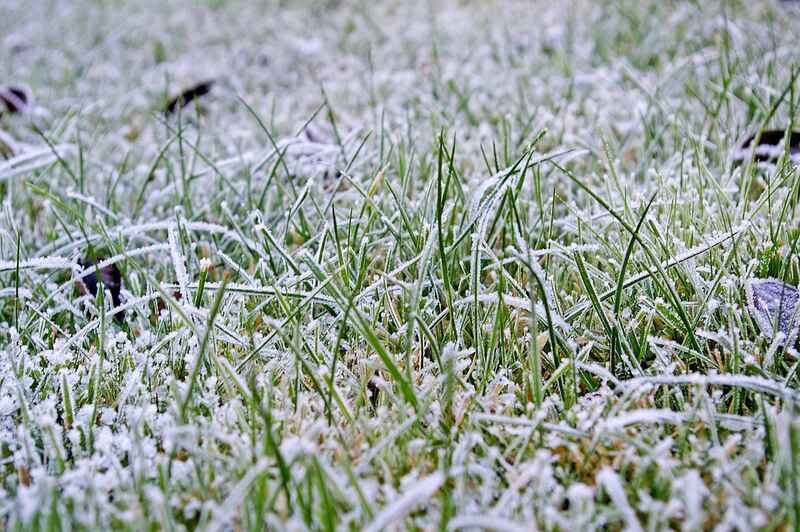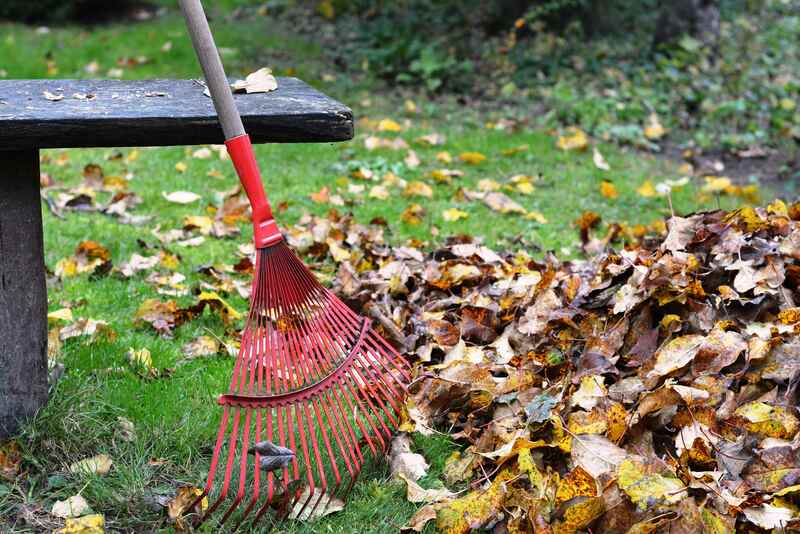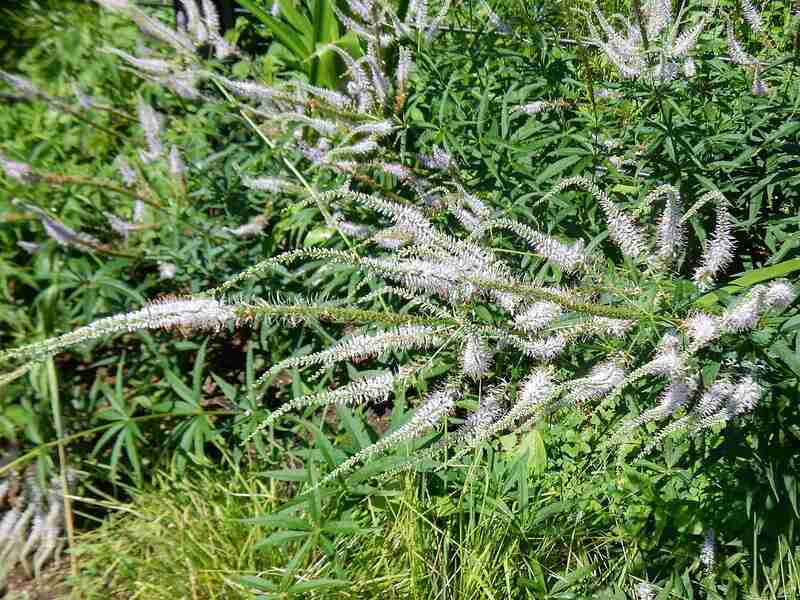
From its majestic riverfront parks to its bustling city streets, the Queen City provides endless landscaping opportunities for those looking to transform their outdoor space. With the right planning, you can create a garden that will look and feel amazing all year. Landscaping for each season in Cincinnati, OH, starts with the basics.
Here are some tips to help you plan and prepare for adding a four-season landscape to your space.
Year-Round Landscaping Tips And Tricks for Cincinnati
Planning for each season is essential in Cincinnati, Ohio, as the weather and environment will change drastically throughout the year. Never assume that what grows well in one season will grow the same in another.
Planning your landscape with each season in mind ensures that you get the most out of your garden and provides aesthetic appeal no matter the time of year. Cincinnati gardening experts like Garrett Dienno, florist at Smale Riverfront Park, offer several pro tips to help you get optimal performance in your garden, including:
Winter Interest in Your Landscape

Winter is a time of rest for many gardens, but it is an excellent opportunity to rethink and refine your landscape, taking into account the help you can get from nature. According to Garrett Dienno, florist at Smale Riverfront Park, “It really lets you examine the structure and bare-bones of the landscape.”
Freezing temperatures and patchy snow will limit the success of typical summer plants, so you should pay closer attention to hardscape elements to fill the winter gaps in your landscape. You can also follow these winter lawn care tips to keep your grass healthy through the cold season.
Go Beyond the Blooms
The first impression of a landscape may often come from the blooms of a flower, but Garrett Dienno believes that there are more resourceful ways to make the most of any garden. “In general, if it is above freezing, there is probably something in the landscape which is in bloom — or if you’re a skunk cabbage, even below freezing,” he mentions.
Focusing on foliage and texture rather than just blooms throughout the year provides a much more visually exciting and impactful garden. There are plenty of online resources to assist with this, such as Missouri Botanical Garden Plant Finder, which he uses for its general plant information, including:
- Bloom times
- Flower color
- Growth habit
Hardscape Design and Focal Points

Everlasting build elements and focal points will help guide people through the garden. Create your own wonderland with carefully placed seating areas, walkways, and fire pits. Garrett suggests individuals get creative and vary their hardscapes. This will bring those winter whites and browns to life while serving as a great place to entertain and lounge around.
Focal points should be built to establish centers for activities and encourage congregation while being aesthetically pleasing. Gazebos and arbors, as well as outdoor furnishings, can help direct the gaze and emphasize specific areas in the garden.
With some thoughtful hardscape design and good use of focal points, there is no limit to the year-round depth and character that can be added to your landscape.
Pro Tips:
- Focal points should be used sparingly, as too many may become distracting and make the landscape appear cluttered.
- You can always utilize seasonal changes to revise the direction of your garden and give it a surprise element.
Keep It Simple
Most of all, remember to keep it simple and have fun. Simple things such as arranging stones, tilling the soil, and adding low-maintenance landscape elements can add great year-round appeal. Although much of a garden’s beauty factors rest in its initial design principles, a garden is rarely permanent, and there is always enough room to implement new features.
Try not to overwhelm yourself – take landscaping one step at a time and produce something you are proud of. With some good planning and a bit of imagination, you can transform your Cincinnati landscaped garden into one that is stunning, vibrant, and full of life for each season.
The Japanese tradition is a great place to look for inspiration when landscaping. Think about traditional manuscripts such as the “Sakuteiki” and the principles of their design culture, such as:
- Use the natural characteristics of your space, and take advantage of the subtle differences in soil conditions with berms and dips.
- Make sure you are adding stones to build a landscape that is strong and sustainable.
- Experiment with different ideas and invest in something beautiful you will enjoy all year round.
Go With the Flow

It is not so much a question of willpower but rather working with the natural flow of your Cincinnati landscape. Dienno recommends planting dense organic matter to crowd out weeds yet still provide beautiful landing points for butterflies and other pollinators. It might be easier to go with the flow and choose native plants that suit the environment around you.
First and foremost, test your garden’s soil and hydration level to determine what plants will work best for you. If your area is prone to wet soils, then it is a great opportunity to plant wet-loving plants or create a rain garden that will take advantage of the natural environment.
An important reminder is to work on building up the health of the soil with organic matter such as:
- Organic mulch (leaves, grass clippings, wood chips)
- Mushroom compost
- Pine fines
- Peat moss
If you’re not fond of weeding and prefer to have everything nice and neat, then planting closer together is recommended. This is a great strategy that allows for healthy competition between your plants while blocking weeds. Just check out the woods and prairies for references, and you’ll surely see this principle in action!
Landscaping Ideas for Each Season to Add Color and Texture
Every Cincinnati homeowner wants a vibrant and luscious landscape, but keeping your garden thriving all year can be quite an undertaking.
Some of the common challenges include finding ways to add texture and color to your garden throughout the year. Fortunately, there are some ideas that you can use to help maintain your garden year-round. So, let’s break it down by the season!
Spring Landscaping Ideas

Birds begin chirping, and the earth starts to thaw in spring, offering the perfect opportunity to start planning your garden’s blossoming. Before you begin planting, always use compost and other organic material to help the soil retain moisture, which is key for any successful garden.
In the Cincinnati area, bulbs and native spring ephemerals like Virginia bluebells and trilliums will bring your garden to life as early as February. Garrett Dienno also recommends perennial combinations such as:
- Anemone sylvestris, tiarella, variegated Solomon’s seal, and Kerria japonica “pleniflora.”
- Silene x “Rolly’s favorite,” sweet woodruff, and ostrich fern.
- Baptisia “pink truffles,” “lemon meringue,” and “brownie points.”
Another great way to bring your garden to life in spring is to integrate shrubs and annuals into your landscape design. Shrubs such as boxwoods, weigela, and false indigo are ideal for the Cincinnati area and give great structure to your garden throughout the year. Usually, the shrubs can be planted in the fall or early spring.
Complete your flower beds with a color scheme of annuals to bring them to life. Cincinnati Zoo gardening experts suggest always choosing pollinator-friendly annuals, which will also promise a steady stream of fresh pops of color throughout the season.
For instance, you can go for the following type of annuals:
- Snapdragons
- Alyssum
- Cosmos
Keep in mind that annuals prefer the ground rather than containers. It is recommended to plant them in the early spring.
Don’t Neglect Your Lawn
A lush and vibrant lawn is a major part of every great landscape, so taking the time to care for your lawn is essential to achieve a desirable look and feel each season. Cincinnati has one of the most temperate climates in Ohio, allowing many types of grasses, such as Bentgrass and Kentucky Bluegrasses, to keep your lawn green and growing.
Pro Tips to Take Care of Your Lawn in Spring:
- Rake to get rid of dead grass, moss, and debris
- Aerate to loosen the soil for better air and water flow
- Lime the soil to increase pH levels and promote healthier growth
- Overseed to increase the surface density of grass and fill bare patches
- Fertilize to feed the lawn with essential nutrients for optimal health
Summer Landscaping Ideas

As the blazing summer sun heats up the atmosphere, your garden will require extra attention and care to keep it vibrant and alive. Start by taking inventory of your beds and plan ahead for the rest of the season to help you decide on the plants and flowers that will thrive in the summer months.
Your first step should be to add plants with summer blooms. Experts suggest some favorites for the Cincinnati area, such as:
- Veronicastrum fascination, lavender towers, echinacea ruby star, helenium Mardi Gras, and rudbeckia maxima.
- Asclepias tuberosa and Asclepias Incarnata
- Geranium dark reiter and allium ambassador.
Pro tip: During the summertime, make sure to water your lawn and plants at night or early morning. Watering during the hot afternoon hours can cause unpleasant brown spots as the water evaporates and leaves unwanted residue on the plant leaves.
Fall Landscaping Ideas
As summer ends and the crisp autumn air sets in, the warm-weather plants start to retreat, and your garden requires more TLC to keep it looking fabulous. Bright orange pumpkins, falling leaves, and cozy hay bales taking over the garden is the best way to get ready for Thanksgiving.
Adding plants and trees with longer-term staying power can bring that fall look no matter what the temperature is outside. Garrett Dienno recommends plant combinations such as:
- Asters and goldenrods for fantastic fall colors
- Sugar maples and sweetgums for the traditional fall look
- Serviceberries for spring flowers, beautiful bark, and edible berries
Keep in mind that the key to having beautiful fall colors is early preparation with regular watering and pruning. Furthermore, adding a layer of mulch and compost to your beds will protect your plants from the colder temperatures and prepare them to transition into winter.
Winter Landscaping Ideas
When winter arrives, your landscape can feel somewhat empty with many of its plants gone, but there are still plenty of ways to add texture and color to it. Garrett Dienno suggests ferns, like the Christmas fern, as they are semi-evergreen.
Besides ferns, he recommends getting berries such as Hawthorn, Aronia, and Ilex verticillata for a splash of color. When it comes to bark, sycamores, oakleaf hydrangeas, and lacebark pines add winter texture. While blooms may not seem possible in the cold of winter, try varieties of blooming plants such as hellebores, witch hazels, and winter aconites.
They can add subtle pops of color and texture to a seemingly dull landscape.
Pro tip: No garden is ever a “static picture.” Remember to embrace the ever-changing aspect and be ready to experience the joys and disappointments that come with it.
FAQ
You can start landscaping and planting in spring or fall, depending on the type of plants or trees you want to add.
Cincinnati, OH, is located in USDA Hardiness Zone 6. This means that Cincinnati is suitable for hosting plants suited to the transition zone between hot and cold climates.
Plants like ferns and berries are excellent choices for winter gardens in Cincinnati. Hellebores, witch hazels, and winter aconites can also add pops of color and texture to a landscape during the winter months.
Annuals are plants that only live one season and then must be replanted the following year, while perennials are plants that come back every year or grow for more than two growing seasons.
Final Thoughts
A daydream landscape begins in your mind yet is only achieved through dedication, hard work, and a little extra knowledge. Every season provides unique opportunities to create, maintain, or renovate your garden.
Whether you want to create a warm, inviting home for the lovely birds, brighten up your patch of Earth with some blooms and color, or just keep your landscape alive and well all year round, embracing the changing of seasons is your surest way to success.
So, keep your eyes peeled for seasonal inspiration, and when in doubt, get help from a landscaping company in Cincinnati, to help turn your vision into reality. All the best with your garden this season!
Main Image Credit: Warren LeMay / Wikimedia Commons / Public Domain